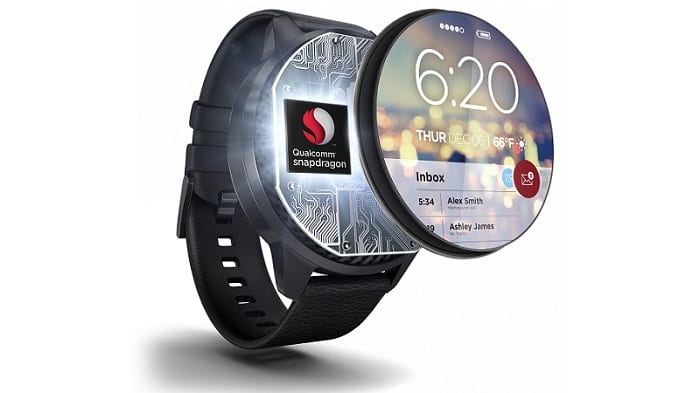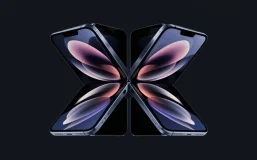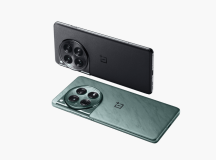Back on February 11, 2016, Qualcomm announced the Snapdragon Wear 2100 SoC, its smartwatch system-on-chip (SoC) for Android Wear devices. No one imagined that Android Wear devices would still be using the same chipset as late as February 2018. That’s a full two years without an upgrade, let alone the chances of a new chip. And it doesn’t seem like we’re getting a new smartwatch chip anytime soon, at least not from Qualcomm.
What’s the problem in that, other vendors will supply the chip for Android Wear OEMs, you’d be thinking. But the problem here is that the smartwatch SoC market isn’t as healthy as one would expect it to be. Qualcomm has a monopoly on smartwatch chips, and the company has seemingly abandoned the smartwatch market, forcing Android Wear OEMs to keep shipping their smartwatches on a two-year-old Qualcomm chip or stop building them. There’s literally no other option for the OEMs in a reasonable price range.
Lack of evolution literally effects the species as a whole, and it applies to technology as well. No evolution in the chip has stagnated the growth of Android Wear hardware. One can wrap a screen, battery, and body around the same SoC only in a limited number of ways. This reflects the size, design, speed, and battery life of the device. What’s worse? The Wear 2100 SoC itself is built with a 28nm process, a technology that finds its root as back as in 2013. So, even when it was launched in February 2016, the Wear 2100 wasn’t the best possible chip Qualcomm could have produced. Qualcomm’s flagship smartphone SoC at the time was the Snapdragon 820, with a 14nm process. Wear 2100 wasn’t even a good chip when it was new, and this just translates the fact that Qualcomm has never put real effort into its smartwatch chips.
Qualcomm’s behaviour is clearly an indication of the fact that smartphones sell far more than smartwatches. The company has dedicated its efforts in smartphone chips, leaving Android Wear market struggling to survive against Samsung’s Tizen smartwatches and Apple Watches. The only solution for Android Wear OEMs looking to protect themselves is to build their own SoC program. Apple and Samsung already have their own in-house SoC teams. Huawei also has its own SoC division ‘HiSilicon,’ although it currently produces smartphone chips only. Google is also rumoured to be working on its own SoC program. But, as of now, no one’s producing Android Wear chips, and if this continues, it won’t be long before Android Wear market goes dead.
Most Popular Tech Stories
- Kelly Betting – How It Works and the Kelly Criterion Explained
- What are Pokies? – The Latest Guide to How Pokies Work in Australia
- AI industry needs annual revenues of more than the UAE’s GDP to offset costs
- Pepe Unchained Meme Token ICO Hits $2 Million – Could PEPU See a Post-Launch Surge Like PEPE?
- 4 Best Meme Coins to Buy with 100x Gains Potential – Top Picks for July 2024
Latest News
Does AI increase productivity at work? New study suggests otherwise
Artificial intelligence software reduces productivity and harms the working environment, according to a study from the freelance platform, Upwork. The findings appear to question how AI is being deployed at...

















